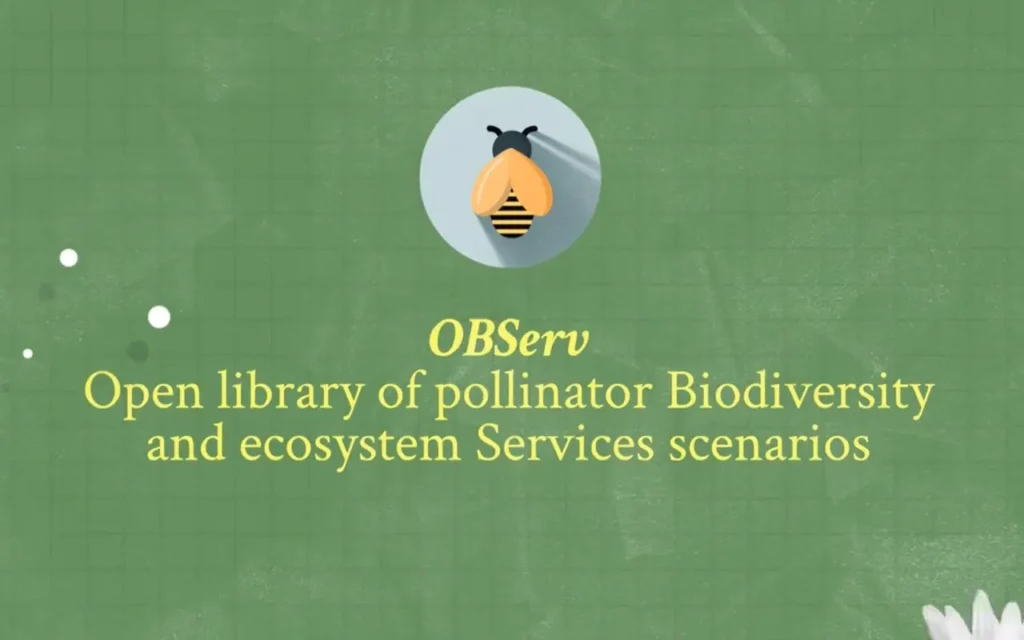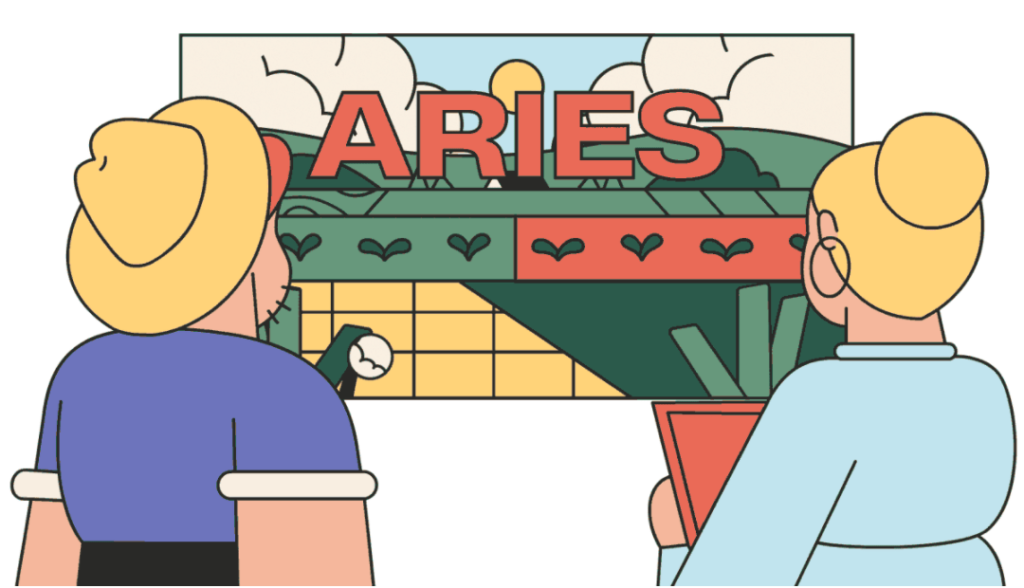ARIES in collaboration with UN DESA and UNEP recently launched an easy-to-use application for SEEA Ecosystem Accounting (SEEA EA). This ground-breaking tool enables ecosystem account production anywhere on Earth, making it easier for countries to measure the contributions of nature to their economic prosperity and wellbeing.
On the occasion of the kick-off of the 2021 online edition of the EU Green Week, the largest environmental policy event in Europe on May 31, ARIES natural capital accounting (NCA) expert Kenneth Bagstad gave a free online tour through the ARIES for SEEA Explorer. The webinar also included a Q&A session, where participants had the chance to ask and share their insights on the tool, which is available on the UN Global Platform.
Watch the full event and find out more about ARIES for SEEA Explorer’s latest advancements and next steps.







